Five historical locations across the state that merge the old and new
By Maria Brunetta
Wisconsin officially became a state 175 years ago, but its history runs much longer than that. Over the years, historians have worked to preserve what made Wisconsin what it is today. There are various historical locations that take you back in time — you go to Old World Wisconsin in Eagle, in the southeast part of the state, and it feels like you hopped on a time machine and ended up in the late 1800s. These historical sites throughout Wisconsin capture the feeling of going back in time while still feeling grounded in the present.
1. Harley Davidson Museum — Milwaukee
The iconic motorcycle brand, which can be recognized all over the world, was founded in 1903 by William S. Harley and Arthur Davidson in Milwaukee. The Harley Davidson museum, located on a 20-acre campus featuring a rare and impressive collection of bikes, honors the brand’s impactful history The museum experience begins with a line of bikes 180 feet long, which tell the company’s story through the first 50 years. The gallery continues to the first floor showing iconic bikes. There are several permanent exhibits like “The Harley Davidson journey,” which opens with the very first bike referred to as “Serial Number One,” and shows how the company grew. Visitors can also learn about how engines work, understand the role motorcycle clubs and competitions played in building today’s biking culture and see other unique bikes and memorabilia. The motorcyles’ presentation represents the modernity of the brand while still honoring its long history.
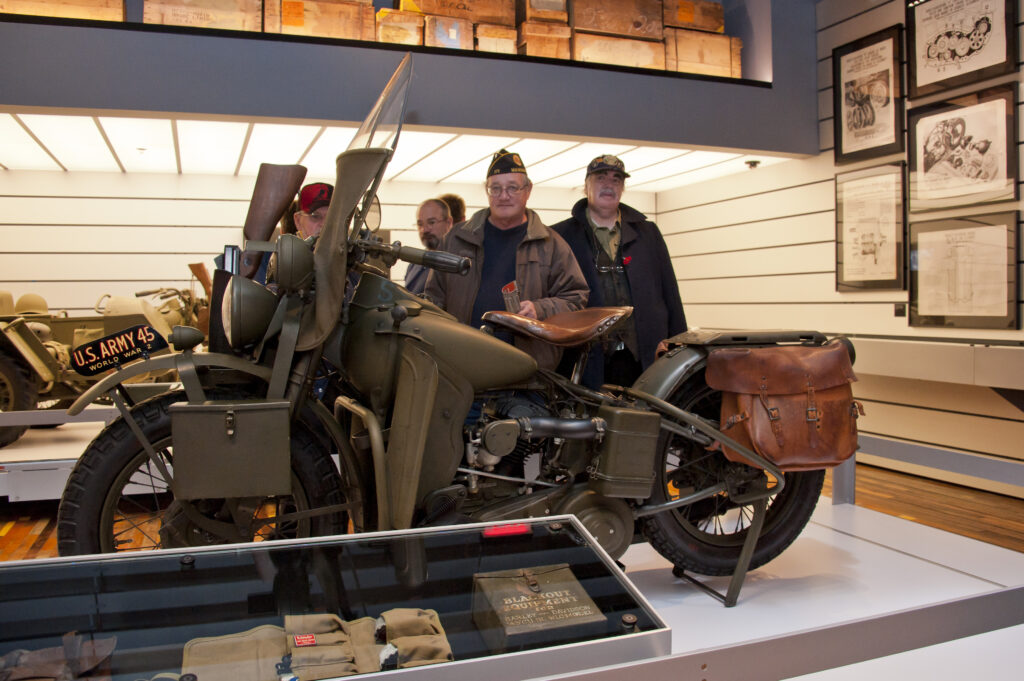
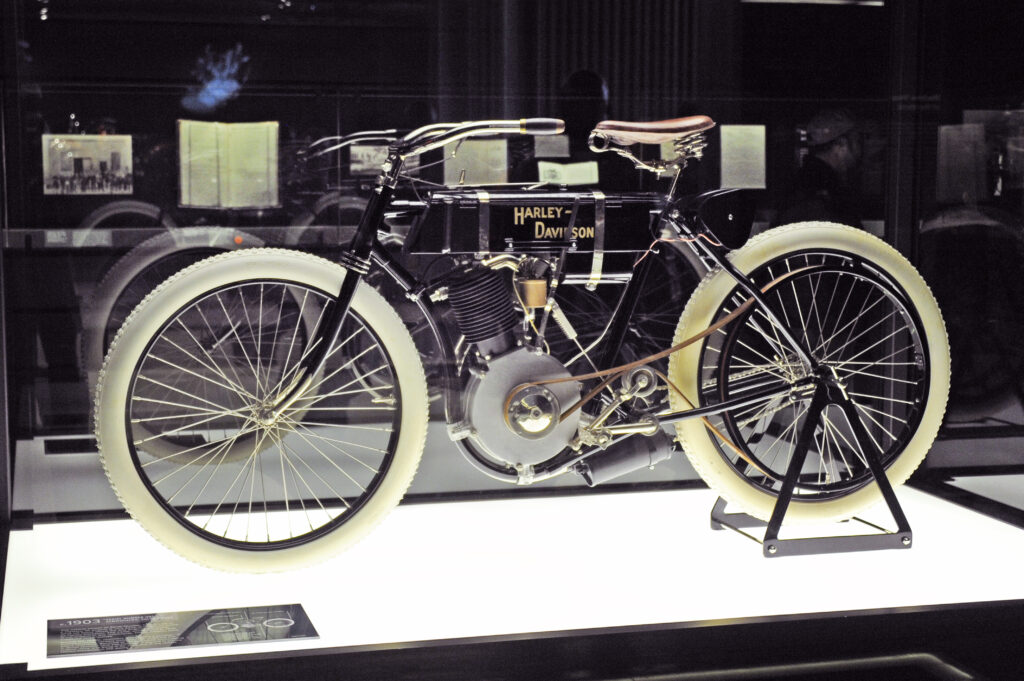
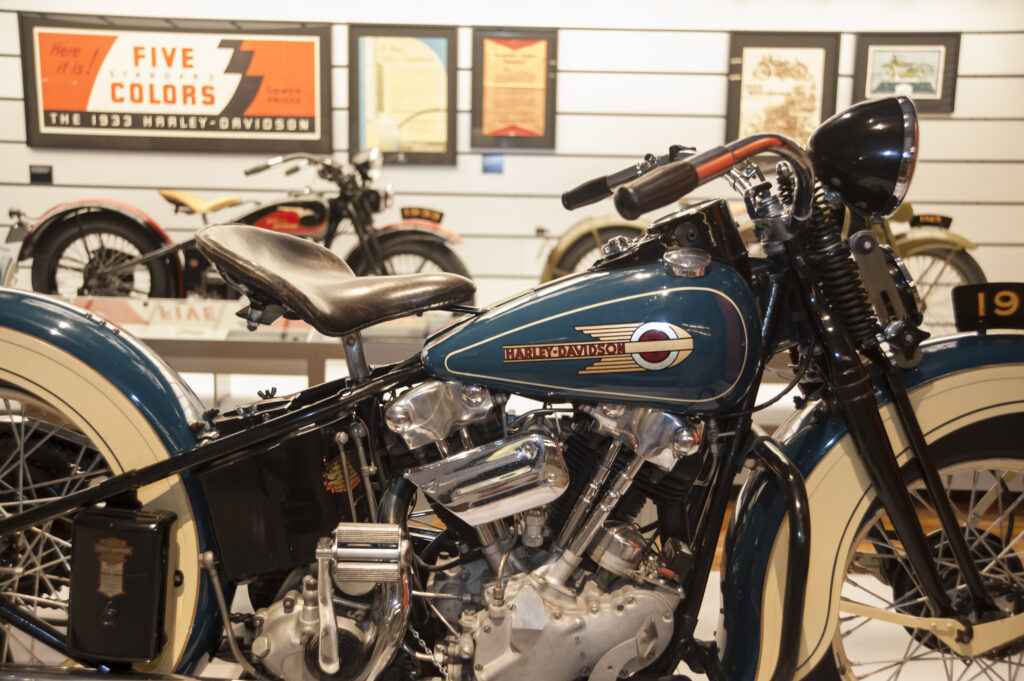
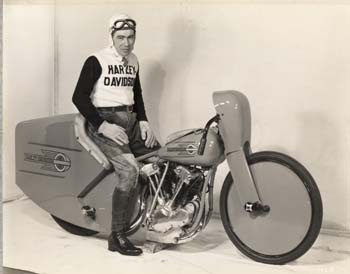

Photos by the Harley-Davidson Museum.
2. Wisconsin Great Northern Railroad — Spooner
Hop on board and head back in time through the Wisconsin Northwoods with the Wisconsin Great Northern Railroad. The Great Northern Railroad offers a variety of rides, such as a wine & cheese ride, bed & breakfast rides, dinner rides for couples, a family pizza train, a Santa ride and a family overnight caboose, among others. The Wisconsin Great Northern Railroad is a family-owned and operated company since 1997, but the northwest Wisconsin train traffic began nearly 130 years ago, when the northwestern city of Spooner was the center of the Great Omaha X, a key railroad system of the time. Currently, the company is working to get the “Mark Twain Zephyr,” a 1935 Art Deco Steamliner, added to its tours. The train was christened in Twain’s hometown and was in service for 23 years on various routes in the Midwest before being retired in 1958. The train then had seven different owners in 62 years before arriving in Wisconsin in 2020. The renovated train includes a dining room, bar and observation lounge that honors parts of the train’s history while keeping a modern feel.
3. Maxwell Mansion — Lake Geneva
In 1855, Dr. Philip Maxwell began construction of a summer home in Lake Geneva, near the Illinois border. The property switched ownership various times, but in 2012, it was acquired by Andrew Fritz, who put his creative twist on the mansion, a detailed three-year renovation project that included acquiring the adjacent land and buildings. In 2022, it was purchased by Luke and Monica Pfeifer who continue to honor the mansion’s history. The Maxwell Mansion is unlike any other historic hotel in Wisconsin, nodding to the historic roots by keeping the historic bones of the location, but decorated in a way that feels modern with its trendy colors and cleaner designs.
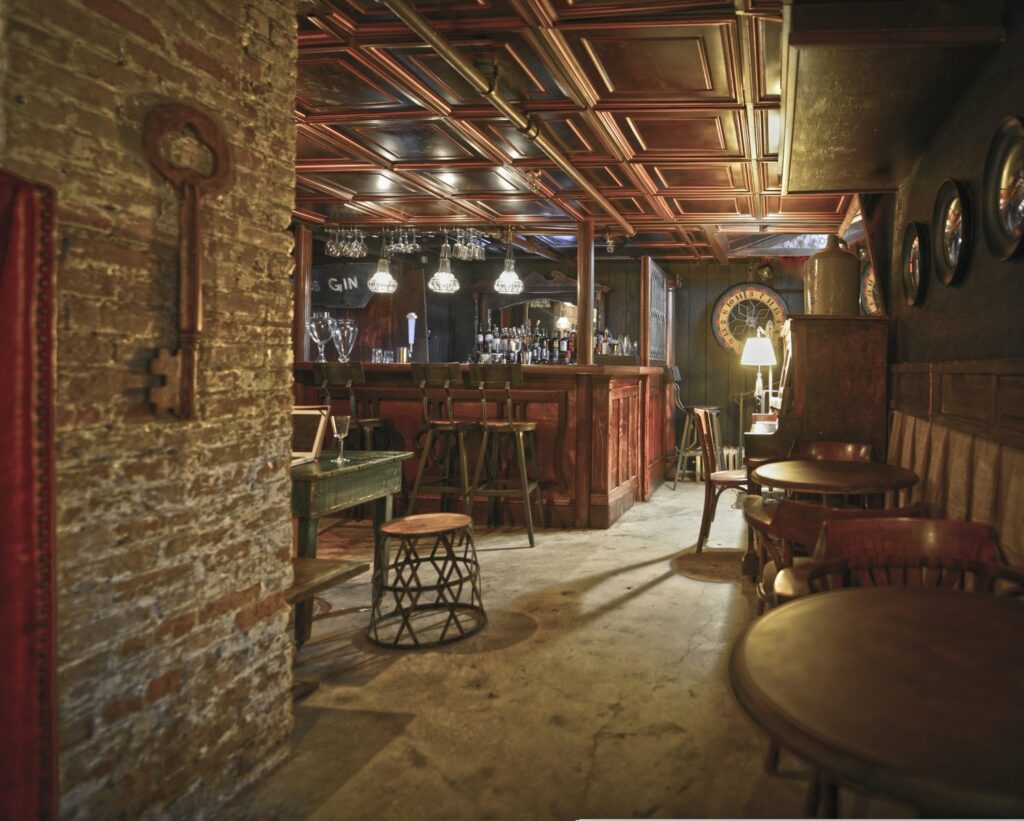
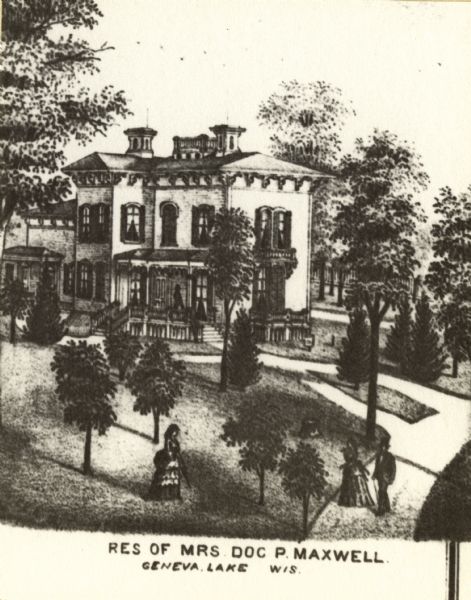
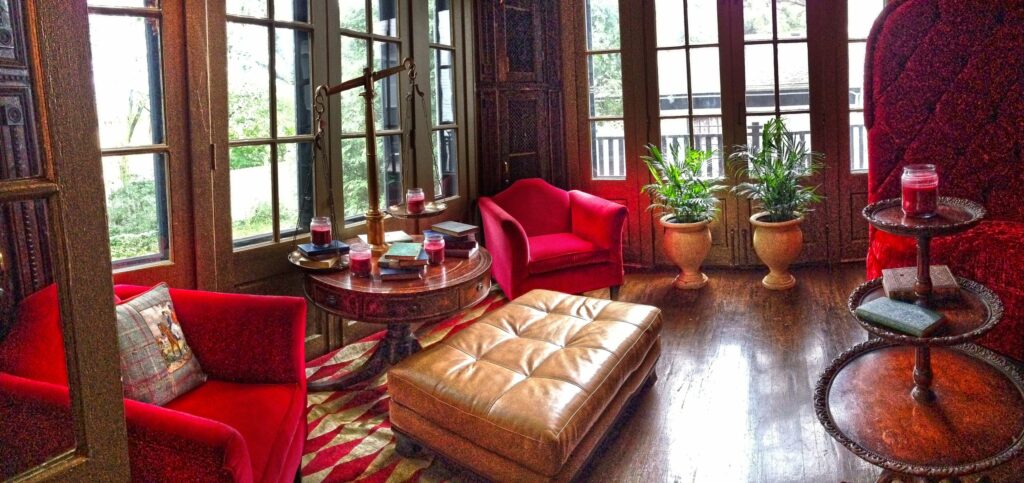
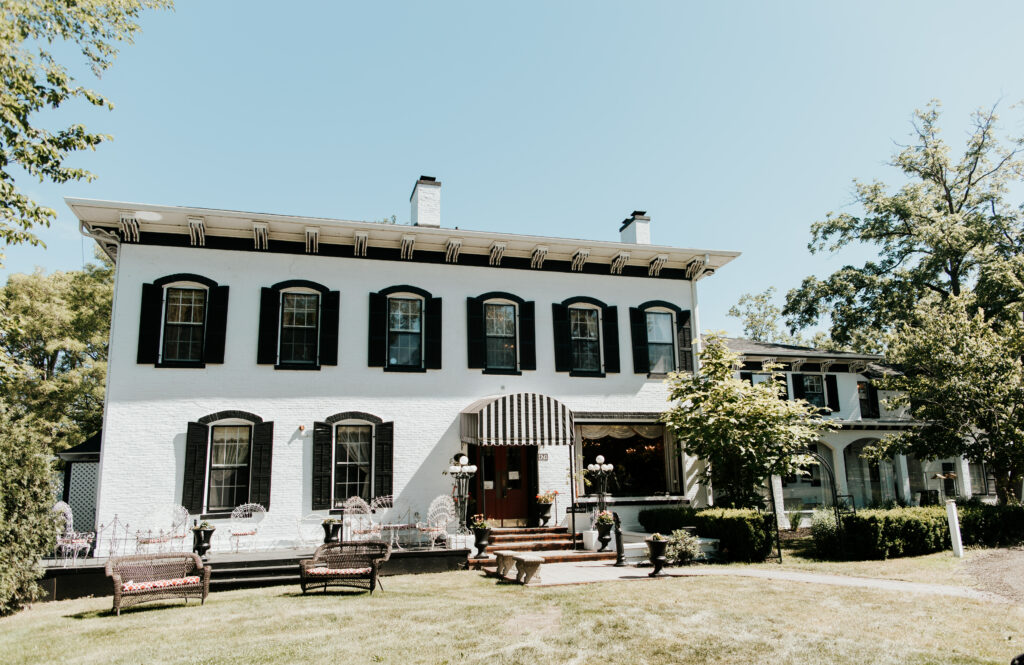
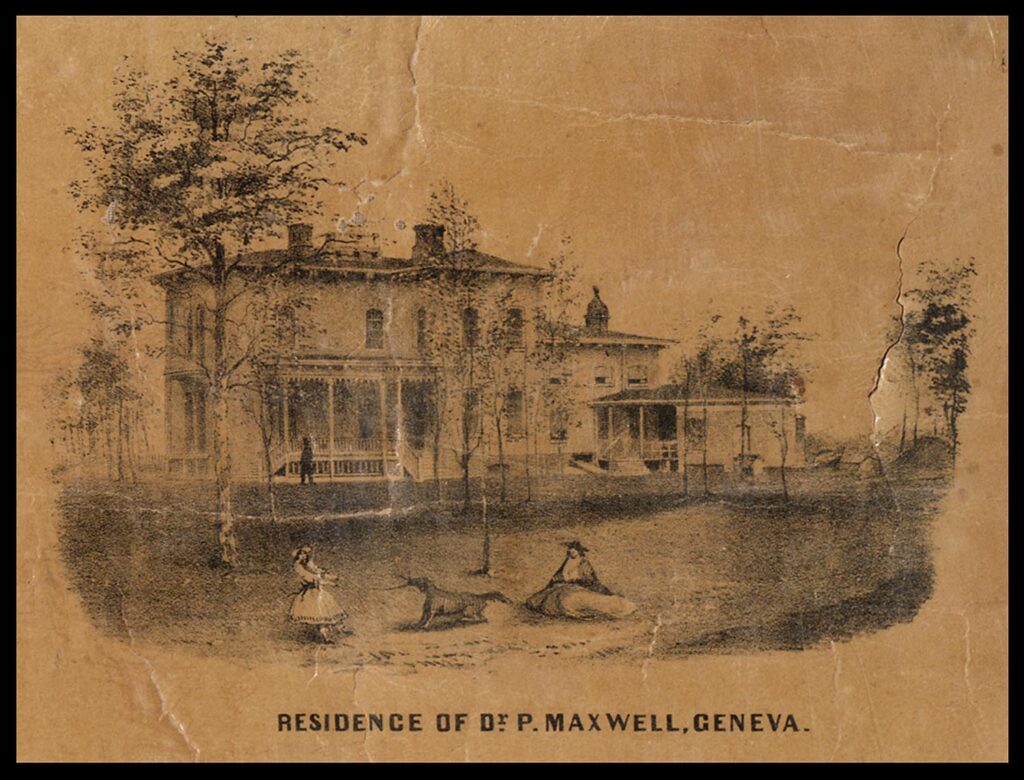
Photos by Maxwell Mansion
4. Museum of Wisconsin Art (MOWA) — West Bend
Although a modern architectural beauty, the Museum of Wisconsin Art is in the Milwaukee suburbs. The museum was founded in 1961 by Melitta Hedwig Suder-Pick to house the work of her uncle, the artist Carl von Marr. The museum was renamed the Museum of Wisconsin Art in 2007 and opened its current building’s doors in 2013, but the art is a mix of modern art and art dating back to before the 1900s. In addition to von Marr’s art, it features work by Frank Lloyd Wright from 1914, all the way to pieces done by Wisconsin artists in this decade. The museum offers Wisconsinites a unique experience to see American art interpreted through the lens of a single state. The museum hosts 302 artists and is committed to diversity — nearly a quarter of the featured artists are women, while another 10% are BIPOC and from underrepresented communities.
5. NEW Wisconsin Historical Center — Madison
While not open yet, plans to construct a new Wisconsin Historical Center are officially in motion, with the center projected to open in 2026. The new 100,000-square-foot museum will have double the exhibit space available in the previous museum. To build a center of this size, the state will demolish the old building and two others nearby — a plan that sparked controversy in the city of Madison, as the facades of these buildings have been a part of the Capitol Square for more than 100 years. The Wisconsin Historical Society assured the community that it would find ways to preserve parts of these buildings or display them in the new history center, which will feature one of the nation’s largest and oldest collections of state history.
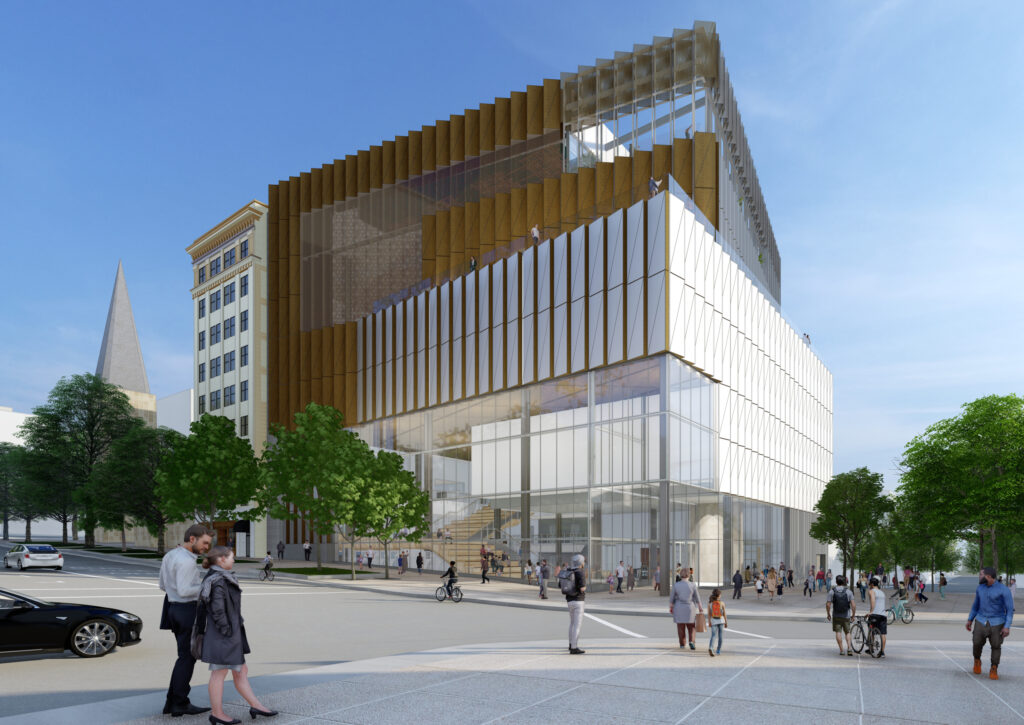
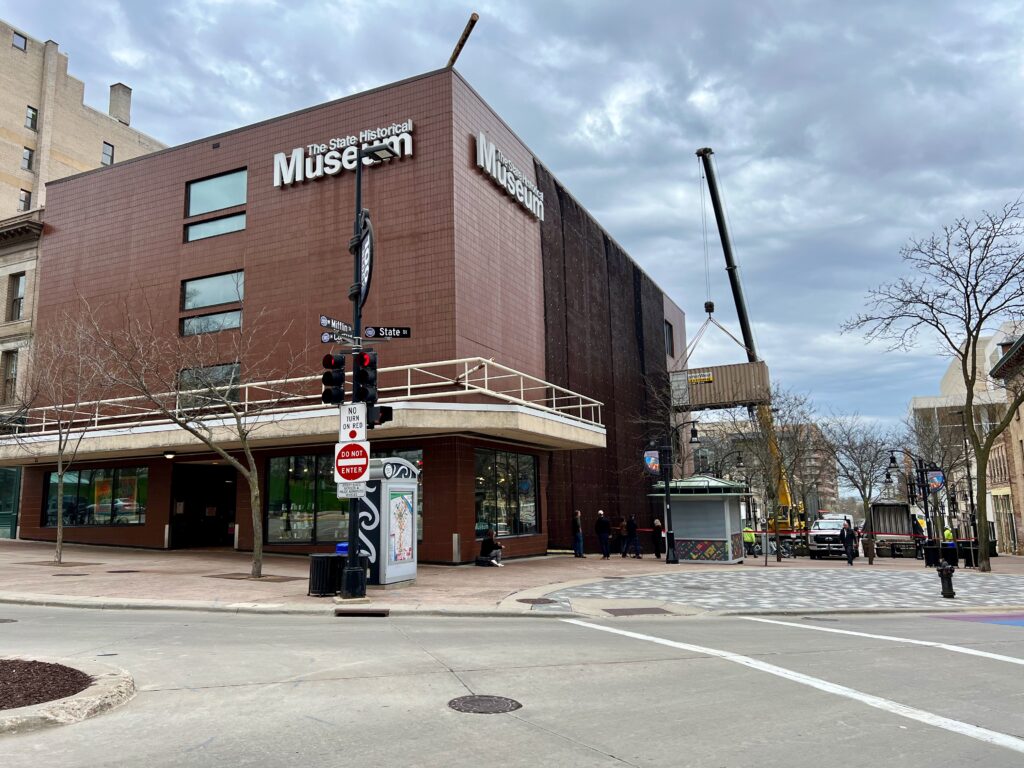
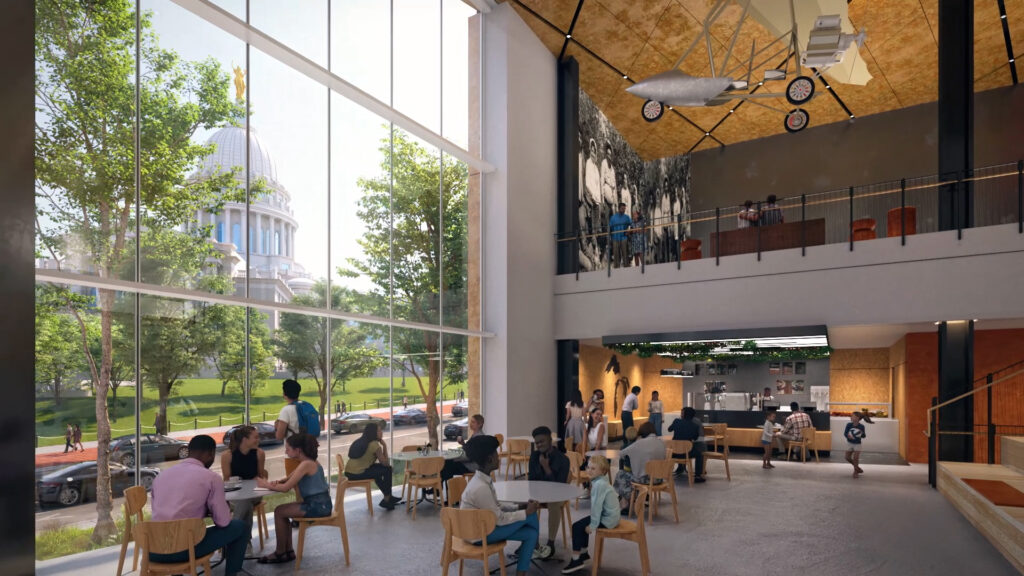


Photos by Wisconsin Historical Society Photo Library